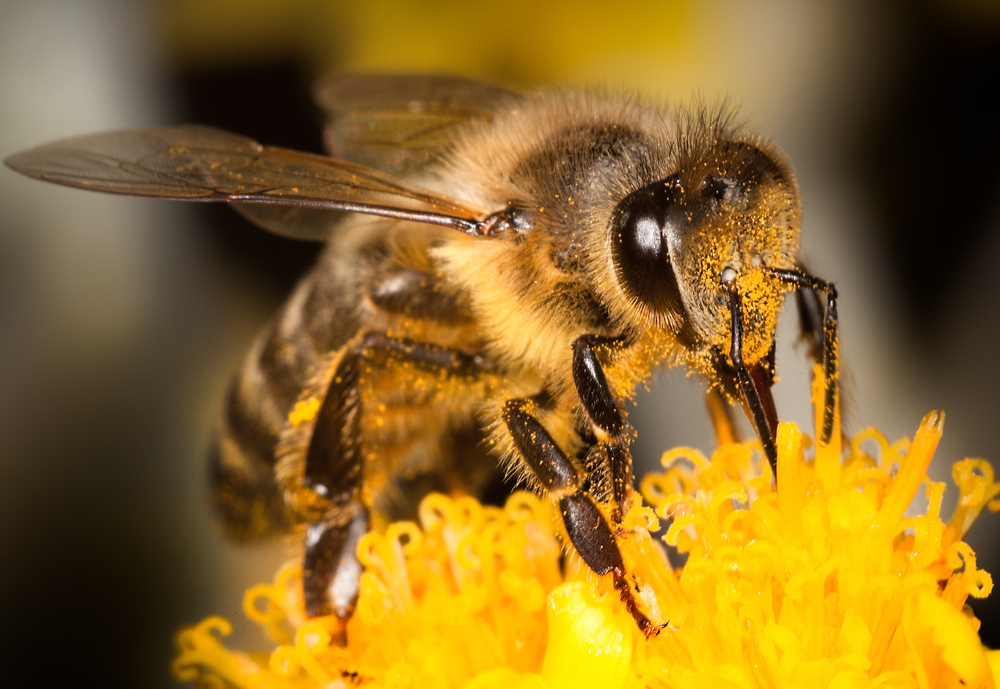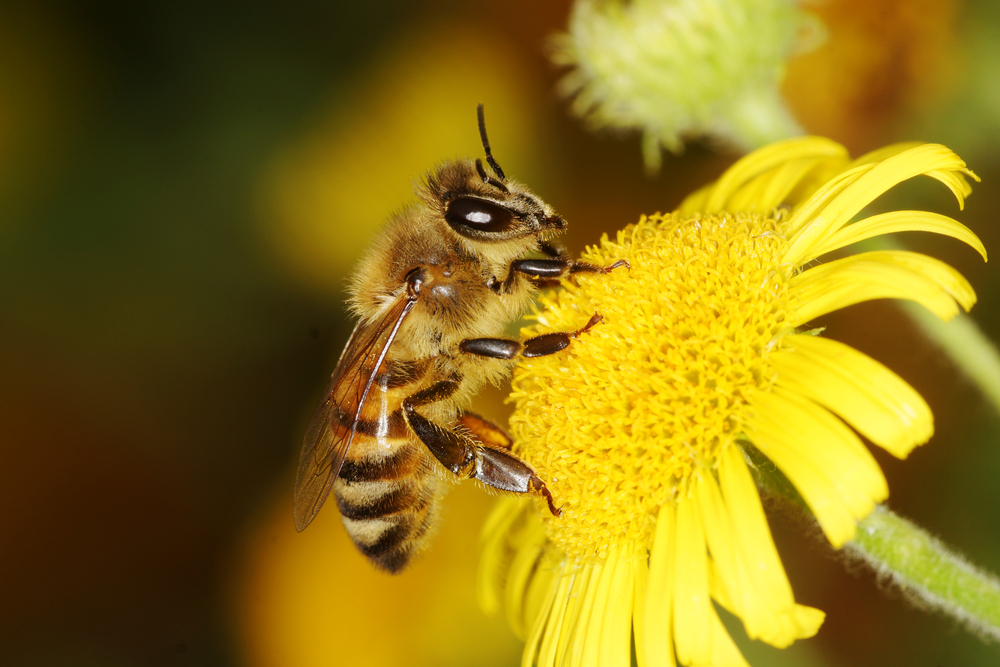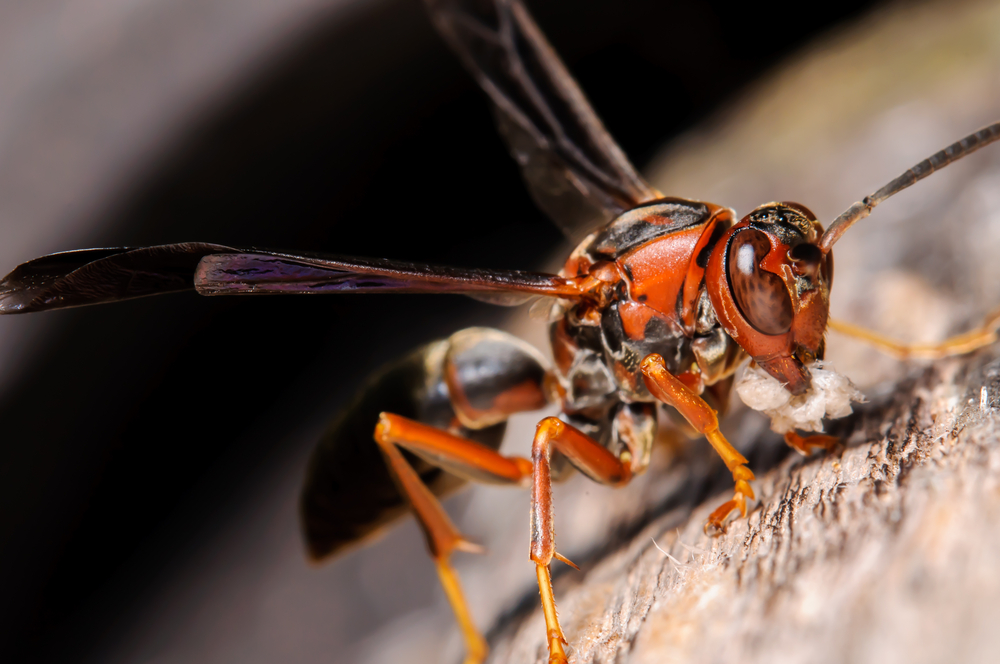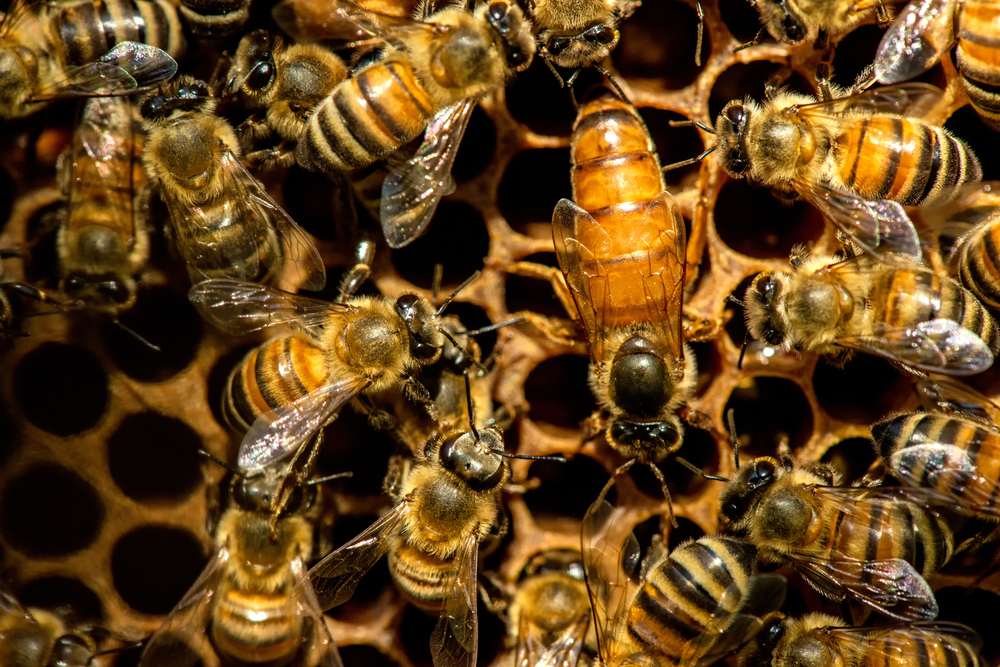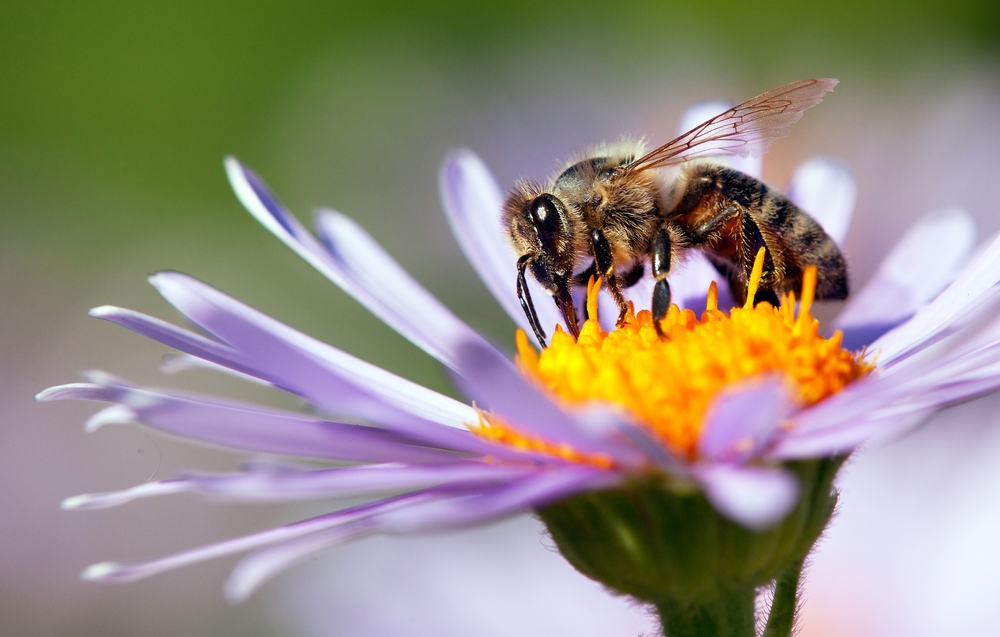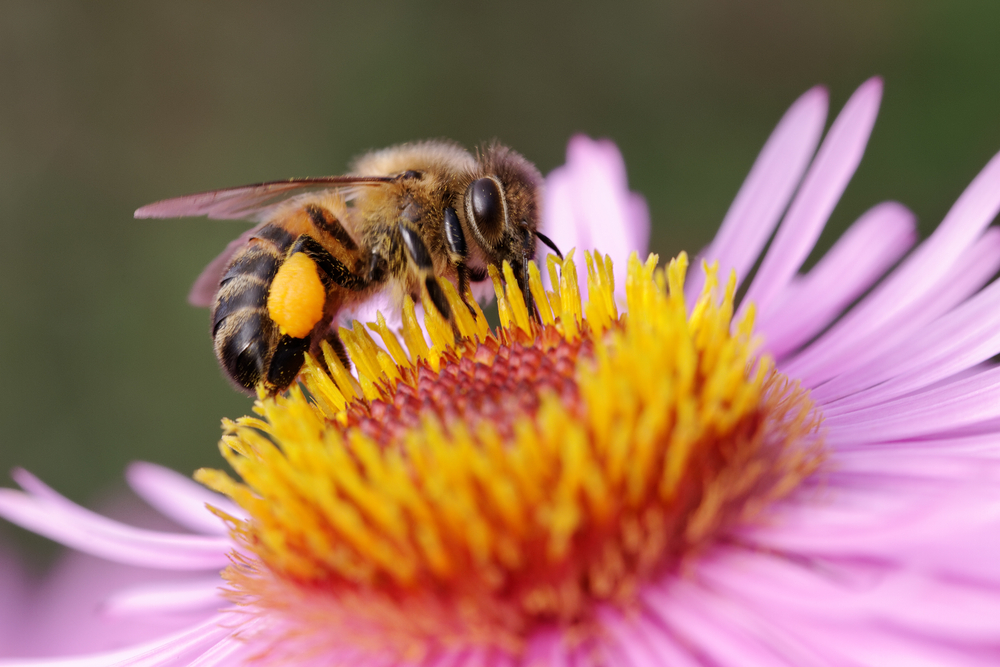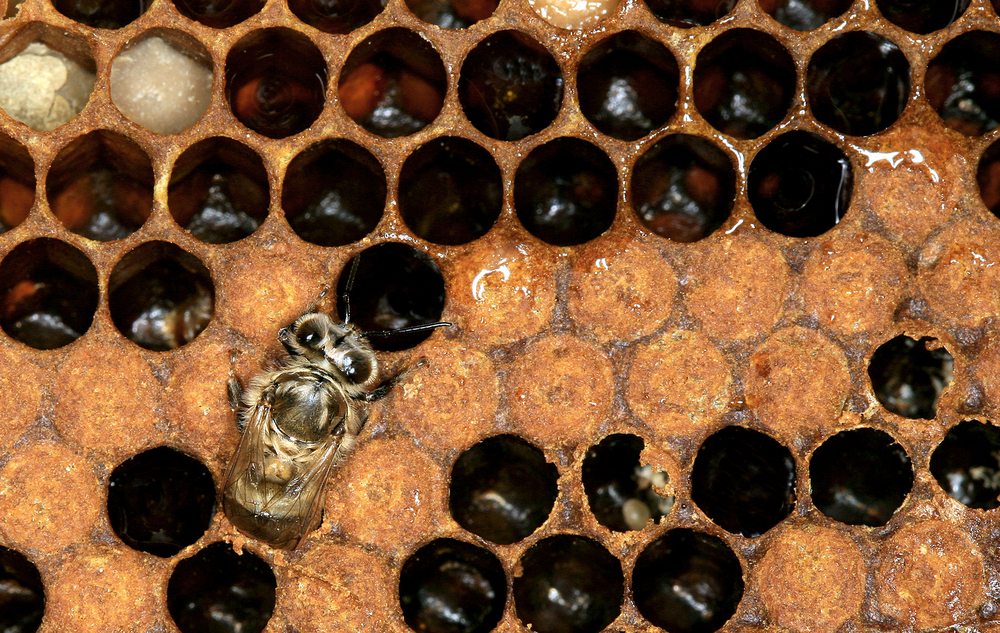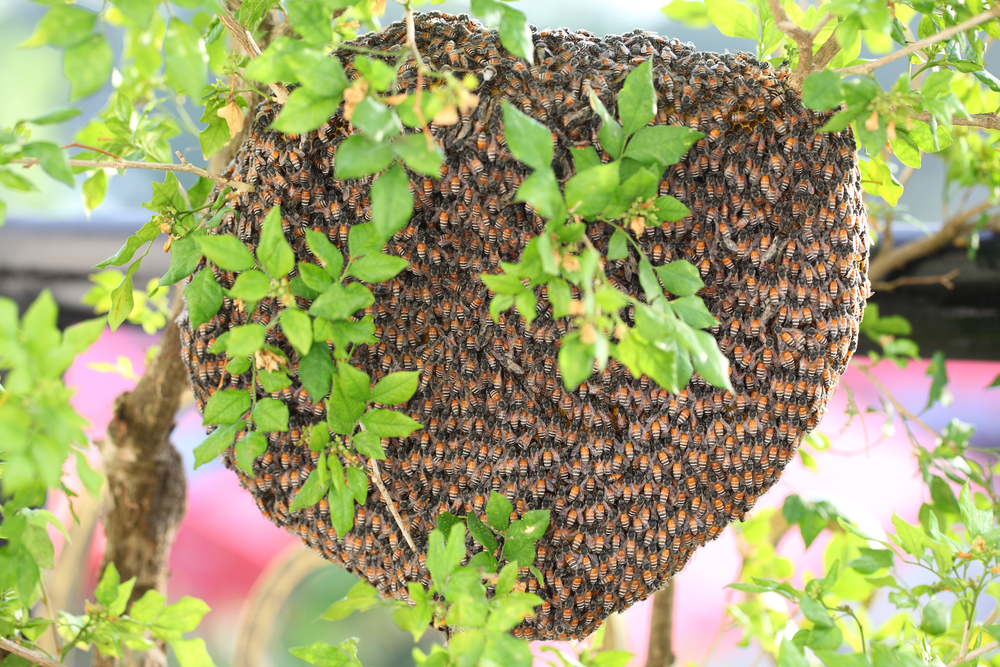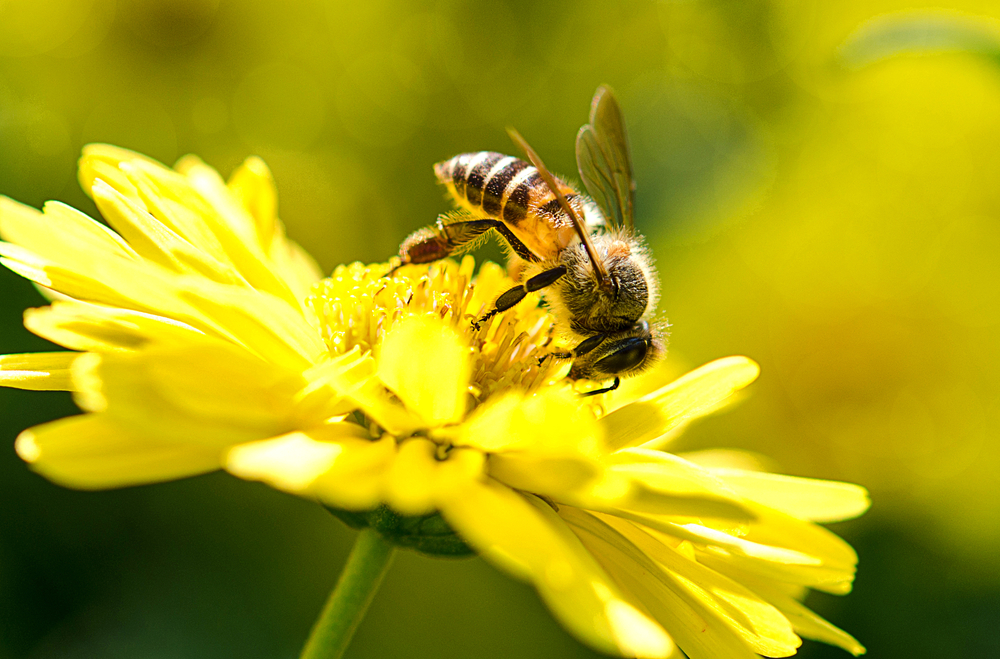There are several recognized subspecies and varieties of honey bees (Apis mellifera), each adapted to specific geographical regions and environmental conditions. While there are many local variations and hybrids, scientists have classified several major subspecies of honey bees. The exact number and classification may vary among experts, but here are some well-known subspecies:
- Italian Honey Bee (Apis mellifera ligustica): Known for its gentle temperament, the Italian honey bee is one of the most popular subspecies among beekeepers. They are known for their bright yellow coloration and excellent honey production.
- Carniolan Honey Bee (Apis mellifera carnica): Carniolan honey bees are known for their adaptability to cooler climates and their ability to maintain smaller winter clusters. They are gentle and excellent foragers.
- Caucasian Honey Bee (Apis mellifera caucasica): This subspecies is known for its silver-gray coloration and gentle temperament. They are well-suited to regions with harsh winters.
- Buckfast Honey Bee: The Buckfast bee is a hybrid created by Brother Adam at Buckfast Abbey in England. It combines traits from various subspecies to improve disease resistance and productivity.
- Africanized Honey Bee (Apis mellifera scutellata): Also known as “killer bees,” Africanized honey bees are a hybrid between European and African subspecies. They are known for their aggressive behavior and rapid colony growth.
- Russian Honey Bee (Apis mellifera mellifera): These bees are known for their cold tolerance and resistance to certain diseases. They have a darker coloration.
- Buckfast-Russian Hybrid: A crossbreed between Buckfast and Russian honey bees, this hybrid aims to combine the disease resistance of the Russian bee with the productivity of the Buckfast bee.
- African Honey Bee (Apis mellifera scutellata): While similar in name to Africanized honey bees, African honey bees are a separate subspecies. They are known for their adaptability to hot climates.
- Maltese Honey Bee (Apis mellifera ruttneri): Native to the Maltese Islands in the Mediterranean, these bees have adapted to the local environment and are known for their unique characteristics.
It’s important to note that honey bee subspecies can interbreed, leading to a wide range of hybrids and variations. Beekeepers may choose subspecies based on their specific needs, climate, and goals. Conservation efforts also focus on preserving the genetic diversity of honey bees to support their resilience and health in various environments.



































































